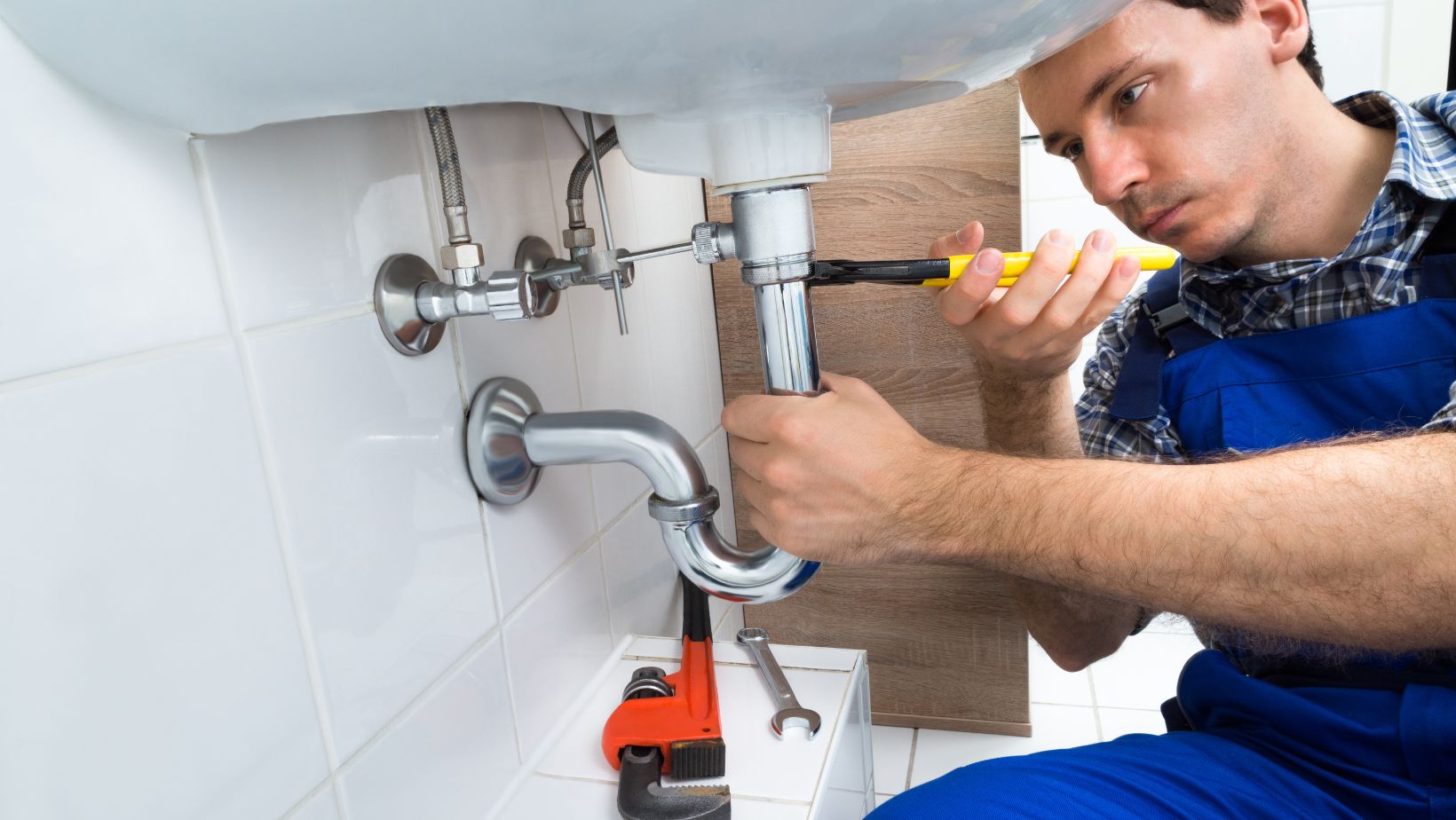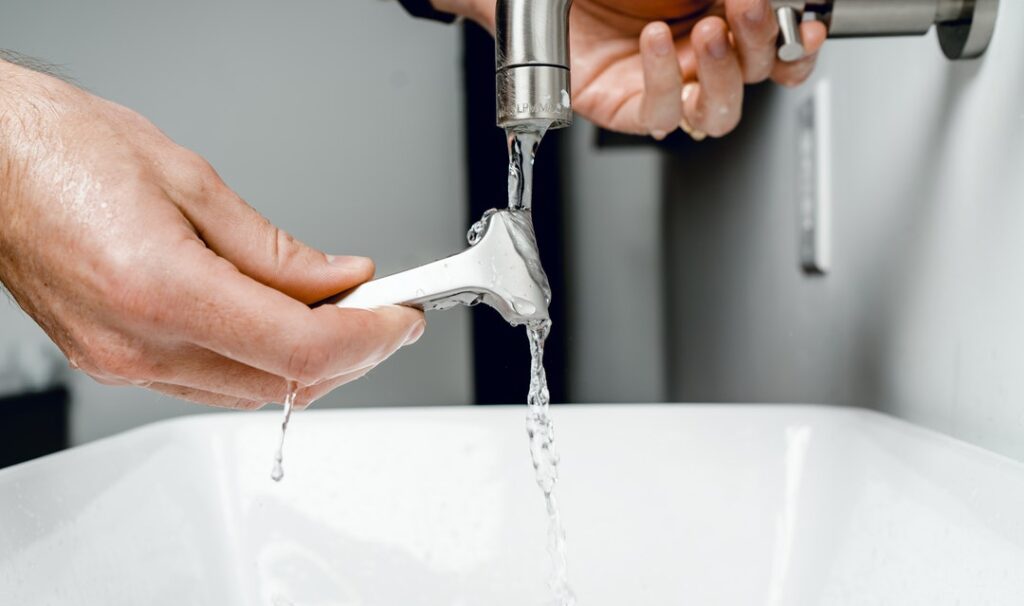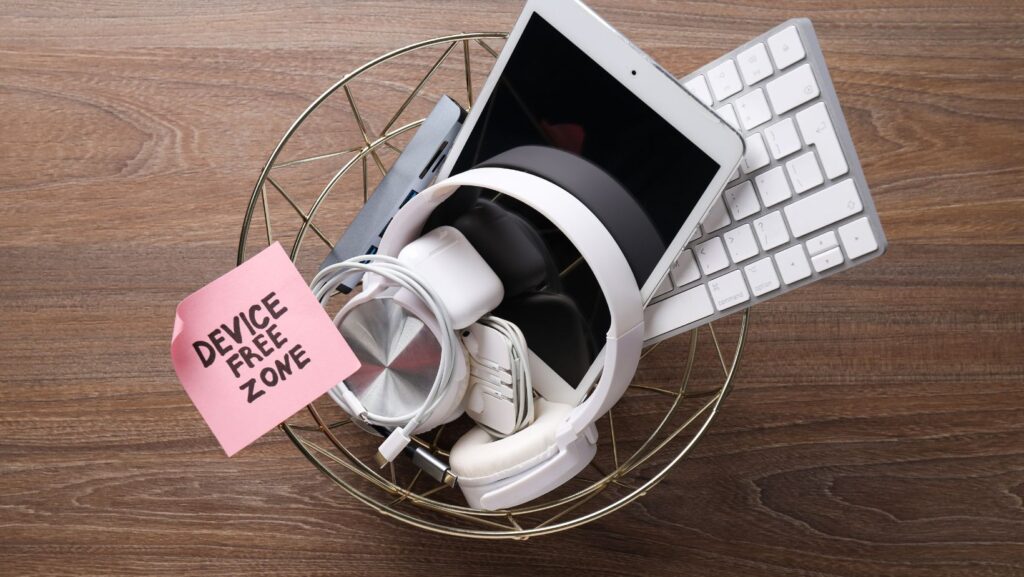Plumbing problems can turn a peaceful home into a chaotic mess. Leaky faucets, clogged drains, and burst pipes not only disrupt daily routines but also lead to costly repairs. Understanding how to prevent these common issues can save homeowners time, money, and stress.
This article will explore practical tips and preventive measures to keep plumbing systems running smoothly. From regular maintenance to simple DIY fixes, readers will learn how to avoid the most frequent plumbing headaches. With a little knowledge and proactive care, anyone can maintain a trouble-free plumbing system.
Understanding Common Plumbing Issues
Many homeowners encounter several recurrent plumbing problems. Leaky faucets, clogged drains, and burst pipes top the list. These issues often stem from wear and tear or improper maintenance.
A leaky faucet can waste gallons of water daily, increasing water bills and causing potential water damage. Clogged drains often result from the buildup of hair, soap scum, and grease, leading to slow drainage or complete blockage. Burst pipes, particularly in winter, occur when water inside pipes freezes and expands; ensuring pipes are properly insulated can prevent this.
Recognizing these common issues and understanding their causes helps homeowners address them promptly before they escalate. Regular maintenance and early intervention are crucial components in maintaining a smoothly functioning plumbing system. Floem reduction and monitoring for any early signs can significantly mitigate these common plumbing problems.
Preventative Maintenance Tips
Preventative maintenance helps avoid common plumbing problems. Simple actions can extend the lifespan of plumbing systems and prevent costly repairs.
Regular Inspections
Schedule regular inspections to identify potential issues early. Check faucets, pipes, and water heaters for signs of wear or leaks. Monthly visual inspections can detect small leaks before they turn into major problems. Ensure all pipes are properly insulated, especially in colder months, to prevent freezing.
Water Pressure Management
Monitor and manage water pressure. High water pressure strains plumbing systems, leading to leaks and bursts. Use a water pressure gauge to check levels should be between 40 and 60 psi. Installing a pressure regulator helps maintain suitable pressure.
Proper Use of Drains
Avoid using drains as trash disposal. Hair, grease, and soap scum cause clogs over time. Install drain covers to catch debris. Regularly clean these covers and avoid pouring grease down the drain. For routine maintenance, use a mixture of baking soda and vinegar monthly to keep drains clear.
Integrating these preventive measures reduces the likelihood of plumbing issues. Regular inspections, water pressure management, and proper drain use can significantly protect and prolong the life of plumbing systems.
DIY Fixes for Minor Problems
Homeowners can address minor plumbing problems with simple DIY fixes. This section covers practical solutions for common issues.
Unclogging Drains
To unclog drains, remove visible debris from the drain opening first. Use a plunger for more severe blockages.

Create a seal by placing the plunger over the drain, then push and pull until the water starts to drain. If the plunger doesn’t work after several attempts, try a drain snake. Insert the snake into the drain and twist until you feel resistance. Keep twisting to break up the clog. Flush the drain with hot water to ensure it’s clear. For preventive maintenance, pour a mixture of baking soda and vinegar monthly to reduce buildup.
Fixing Leaky Faucets
Leaky faucets can waste water and increase utility bills. First, turn off the water supply under the sink. Remove the faucet handle with a screwdriver and inspect the O-ring inside. Replace worn O-rings to stop the leak. If the cause is a damaged valve seat, remove the aerator and use a wrench to access the valve seat. Replace it, then reassemble the faucet. After repairs, turn the water supply back on and check for leaks. These simple steps can resolve most leaky faucet issues efficiently.
When to Call a Professional Plumber
Recognizing the right time to seek professional help can prevent minor issues from becoming major headaches. Here are specific scenarios when calling a professional plumber is essential.
- Burst Pipes
- Burst pipes can cause extensive water damage quickly. Professional plumbers, like those at Sveagle Plumbing, are equipped to repair or replace damaged pipes efficiently.
- Sewage Backups
- Sewage backups suggest severe blockages or damage in the main sewer line. Experts can diagnose and address the root cause using specialized equipment.
- Consistently Low Water Pressure
- Persistently low water pressure may indicate pipe blockages, hidden leaks, or issues with the water supply. A licensed plumber can accurately diagnose and resolve the problem.
- Water Heater Malfunctions
- Issues like insufficient hot water, strange noises, or leaks from the water heater require immediate professional attention to prevent further damage and ensure safe operation.
- Frequent Clogs
- Regularly clogged drains may signal deeper issues in the plumbing system. Professionals have the tools to clear and inspect the system for underlying problems.
- Visible Water Damage
- Stains or damage on walls or ceilings can indicate hidden leaks. Professional plumbers can locate and repair these leaks, preventing structural damage and mold growth.
Consulting a professional ensures issues are handled correctly and efficiently, protecting the plumbing system’s integrity.
Tips for Choosing a Reliable Plumber
Selecting a reliable plumber ensures timely and effective resolution of plumbing problems. Here are some tips to help make a confident choice:
- Verify Credentials: A reliable plumber must have proper licensing and certifications. Verify these credentials with local authorities to ensure compliance with regional regulations.
- Check Experience: Look for a plumber with substantial experience in the industry. Consider companies like Sveagle Plumbing, which have a proven track record of handling various plumbing issues efficiently.

- Read Reviews and Ask for References: Reviews from previous clients and references can provide insights into the plumber’s reliability and service quality. Look for consistent positive feedback and any recurring issues in negative reviews.
- Ask About Insurance: Ensure the plumber carries liability insurance to cover any potential damage during the job. This protects homeowners from additional expenses due to unforeseen incidents.
- Get Multiple Quotes: Obtain quotes from several plumbers to compare prices and services. This ensures fair pricing and helps identify any outliers that may indicate potential issues with service quality.
- Evaluate Communication Skills: A reliable plumber should communicate clearly and promptly. During initial interactions, assess the plumber’s willingness to answer questions and explain procedures.
- Check Warranty and Guarantees: Quality plumbers provide warranties or guarantees for their work. This reassures homeowners that the plumber stands by their services and is committed to resolving any issues that may arise post-service.
Incorporating these tips can help homeowners choose a competent plumber, ensuring efficient and lasting plumbing repairs.
Conclusion
By understanding common plumbing problems and implementing preventive measures, homeowners can significantly reduce the risk of costly repairs and disruptions. Regular maintenance, proper drain use, and early intervention are key strategies for maintaining a smoothly functioning plumbing system. Simple DIY fixes empower homeowners to address minor issues effectively, while knowing when to call a professional ensures more serious problems are handled correctly. With a proactive approach and the right knowledge, homeowners can enjoy a reliable and efficient plumbing system for years to come.



